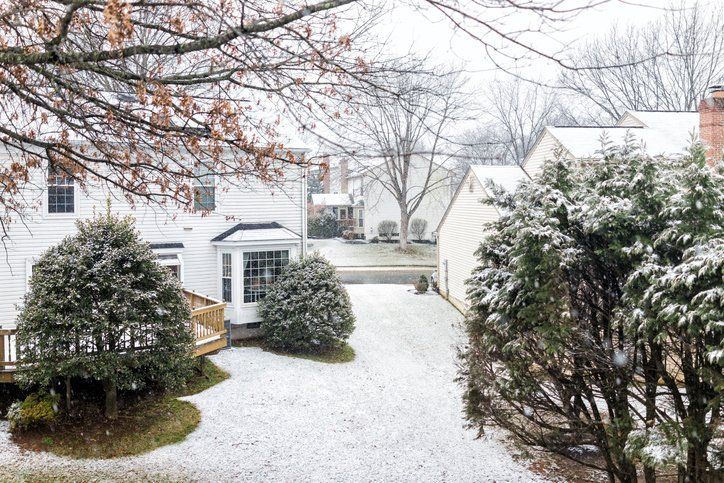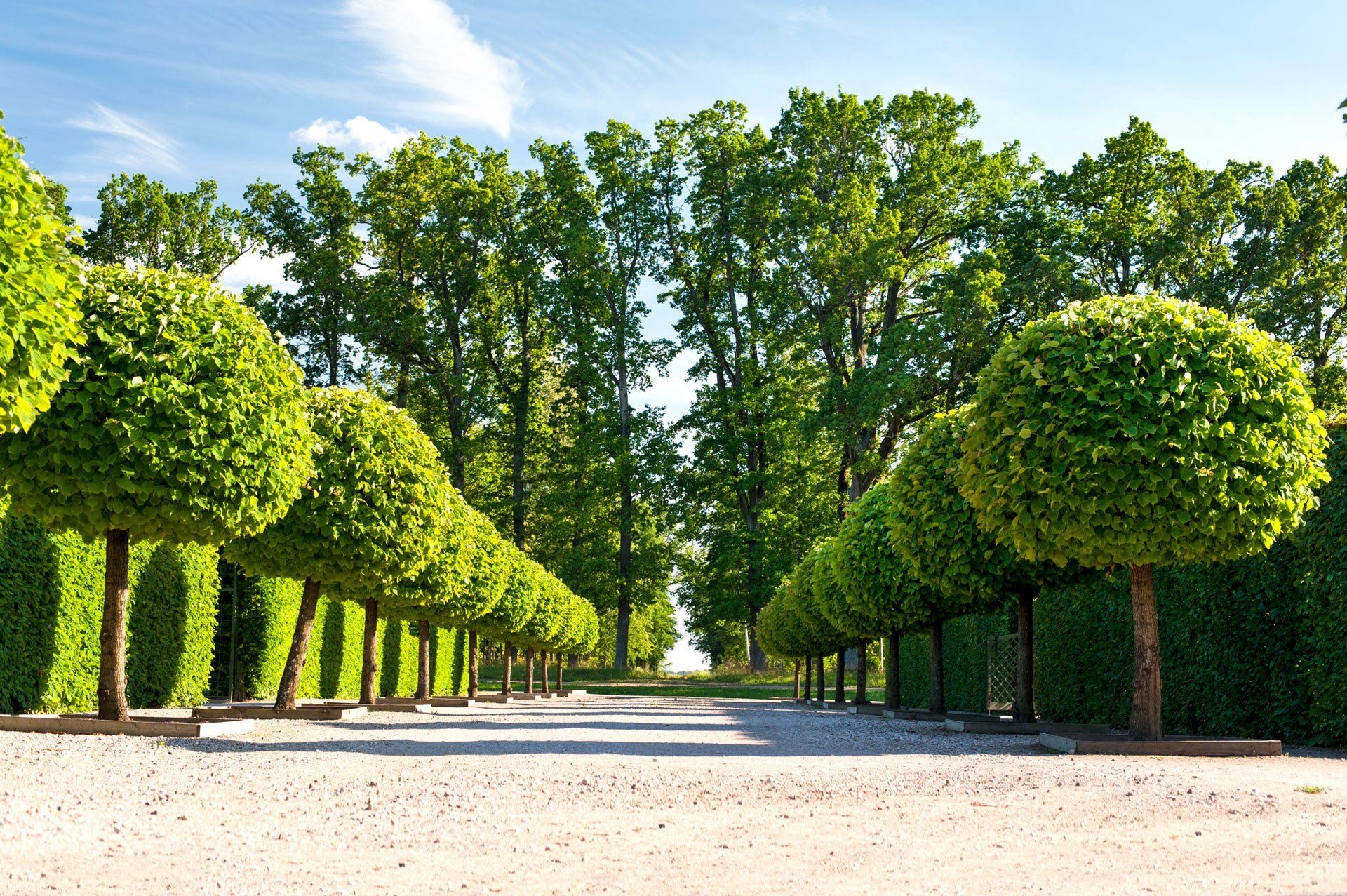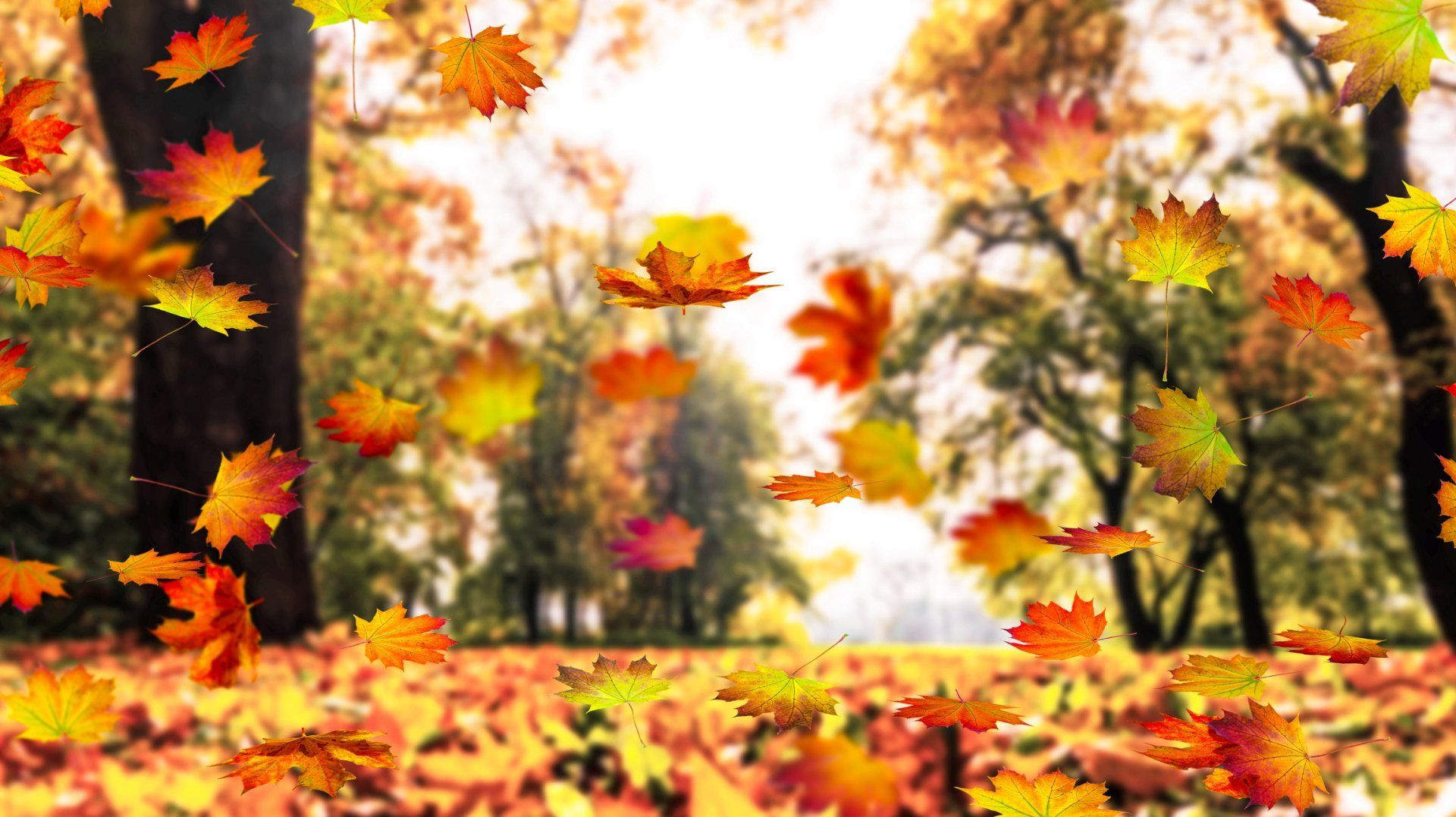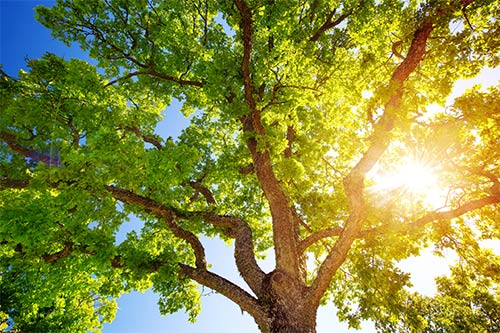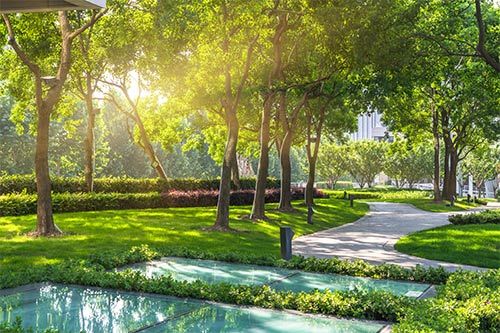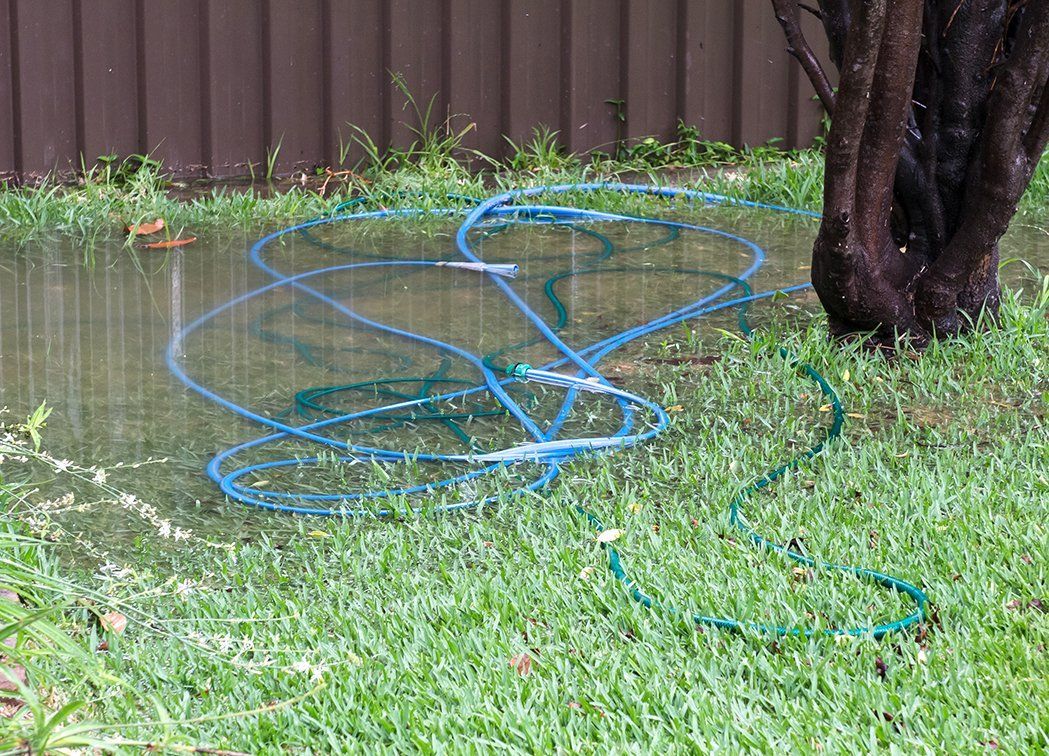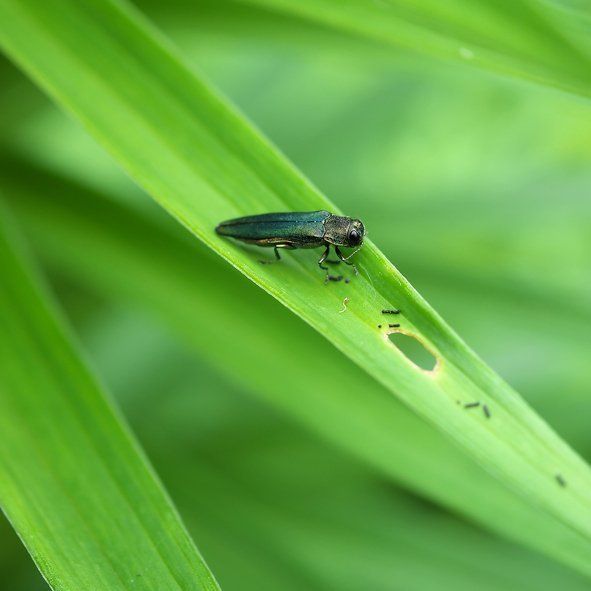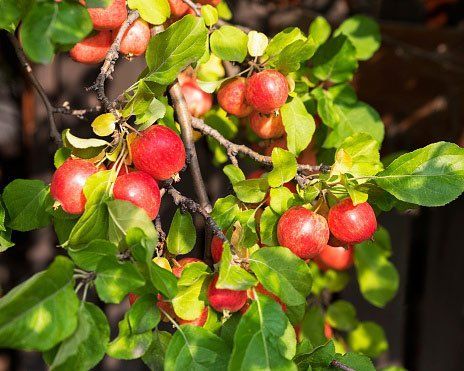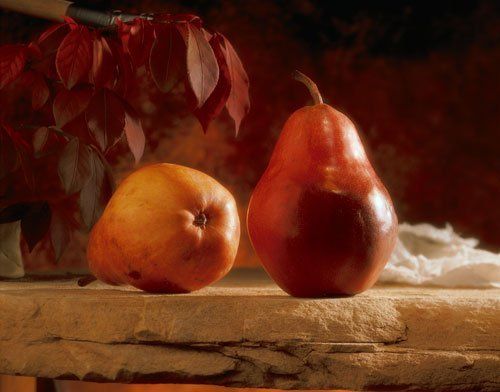UNDERSTANDING, PLANTING, AND CARING FOR THE EASTERN REDBUD TREE
By Admin • December 10, 2017

From a lush, green lawn to flowerbeds filled with perennials and shrubs, it is easy to see how landscape design can add a great deal of appeal and value to your home. Implementing a few trees into your landscape is also beneficial. Not only do trees increase curb appeal and your home's total value, but adding a few shade-producing trees in the right location can also reduce heating and cooling costs.
If you are a homeowner hoping to add beauty, value, and shade to your home, planting one or more Eastern Redbud trees in your yard is a smart choice. Of course, you may not know where to get started when planting and caring for this elegant tree. Here are a few professional tips to help you get started.
UNDERSTANDING
While native to Missouri, the Eastern Redbud can thrive in most areas of the country. It is an attractive ornamental tree that can be used as a focal point in your landscape design or as an accent piece in a natural area or flowerbed.
In the spring, the tree produces deep pink blossoms that linger for a few weeks through the season. The mauve-like color makes the tree pop out against other landscaping features.
As spring turns to summer, the floral blossoms will fall, leaving behind rich green foliage that is also appealing.
One of the greatest benefits of the Eastern Redbud tree is its size. With proper planting and care, you can expect a height of up to 30 feet with a spread up to 35 feet. Although not as tall and wide as some, the tree makes a great statement without being overwhelming.
PLANTING
The spring is the best time to plant the Eastern Redbud, since the ground is soft but not terribly moist. Soil will be well-drained during this time.
The location of your tree also matters. Make sure to plant the tree in an area of your yard that offers some shade. The Eastern Redbud will thrive in full sun, but the added heat from the sun will cause blossoms to fall sooner than normal.
You should also take into account the future size of your tree. Be sure there is adequate space between your tree and your home's exterior or outdoor structures.
Dig a hole a few times the size of the tree's root ball. Use your hands to massage the base of the tree, which will loosen the roots to prepare for planting. Place the tree's base into the hole and surround with soil. Then, surround the base with mulch or pine straw and water thoroughly.
CARING
Do not expect the tree to bloom the first year it is planted, since it will require some time to acclimate to its new environment. Continue watering your tree every few days until it is established, then water the tree every few days during periods of drought.
In the fall, prune away dead limbs and branches. Trim off limbs that are crossing each other to prevent stress from the intercepting branches. Trusting the professionals
to care for your tree is a great investment.
Apply a fertilizer to your Eastern Redbud in the fall season, as well. Granular or liquid fertilizer can be worked into the soil and mulch surrounding the tree.
Prune and fertilize in the fall season to prepare your tree for the harsh temperatures of winter. Once the tree survives this period, it will be ready for new growth in the spring season.
The Eastern Redbud tree is susceptible to disease from insects and fungus, and wilting foliage and browning limbs and leaves may stem from Verticillium Wilt. You will need to trim off decaying foliage and limbs before applying a fungicide.
A borer infestation may occur if your tree is not receiving enough water. These insects eat through the trunk and leaves, damaging the vascular system that is responsible for transferring nutrients through the tree.
Treatment will require applying an insecticide to the entire tree to kill borers and stop them from damaging other trees in your landscape.
For more information and tips on planting and caring for the Eastern Redbud and other trees, contact
County Tree Service today.

